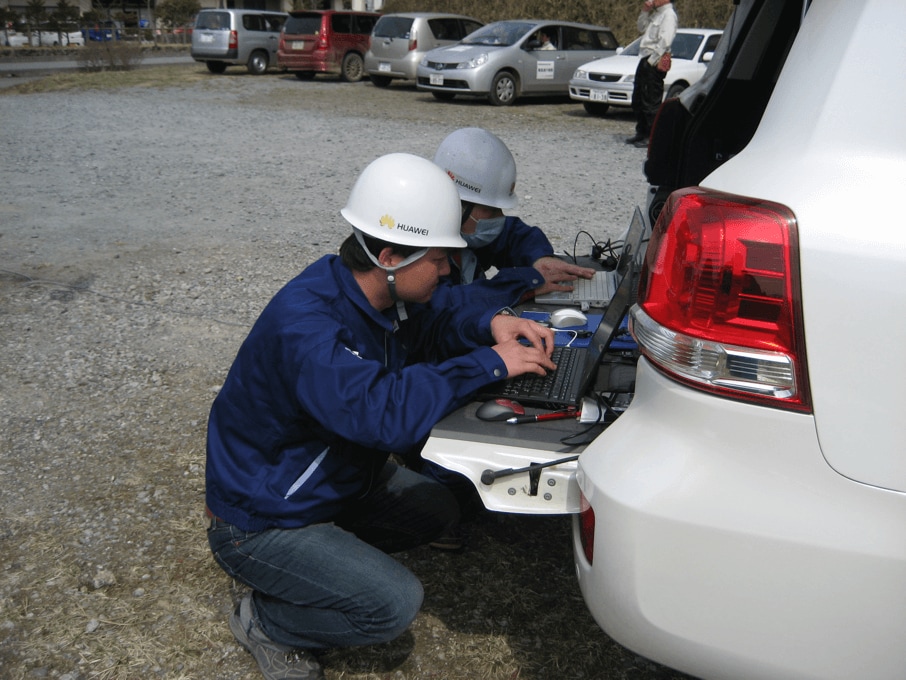
On March 11, a magnitude 9.0 earthquake rocked the northeast coast of Japan, triggering a tsunami that damaged a nuclear power plant. Despite the extensive damages and dangers, Huawei employees, working round-the-clock with local telecom operators, rapidly arrived on-site to restore connectivity.
2011